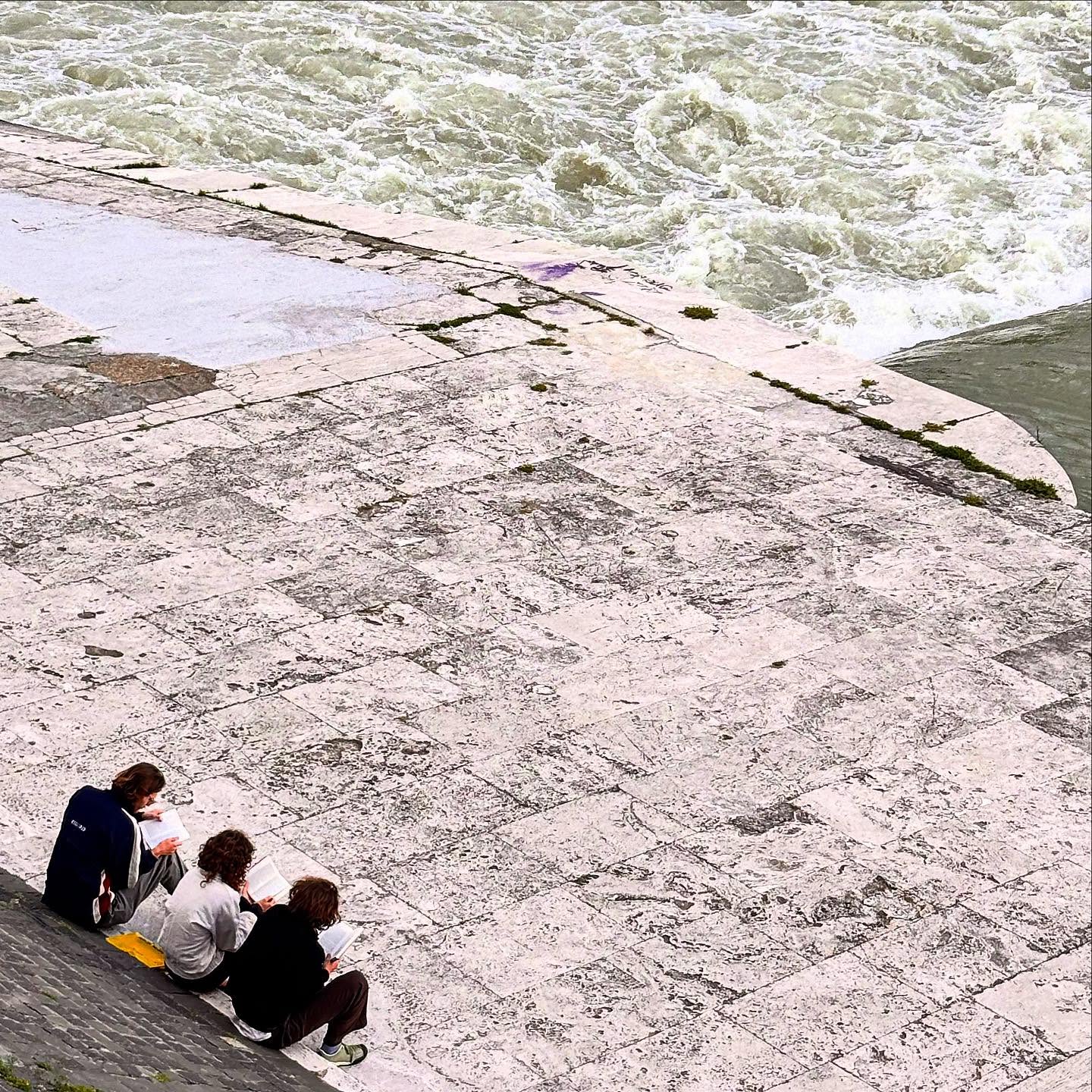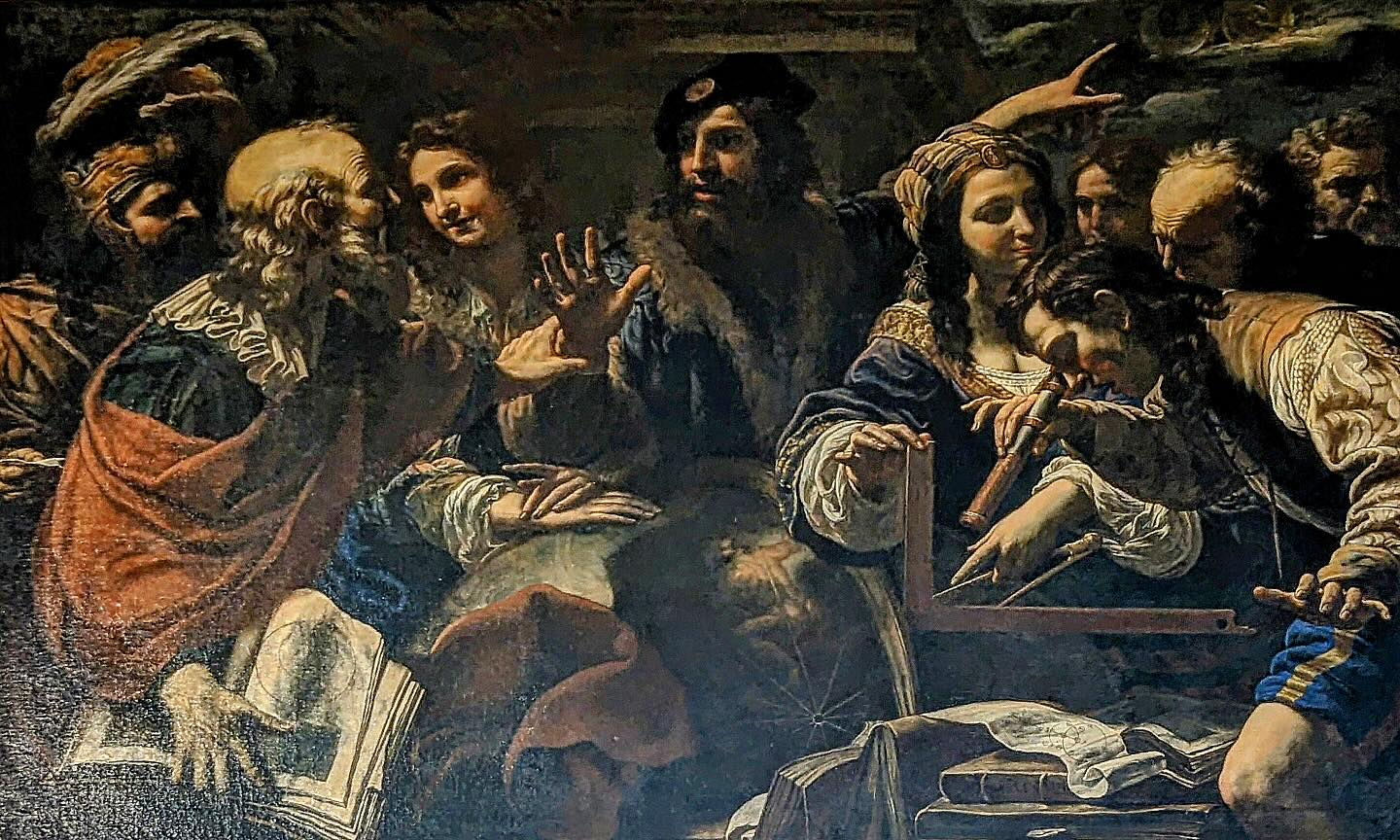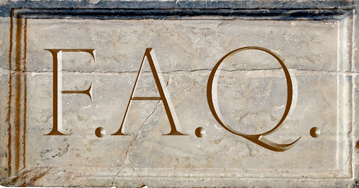We are sorry to announce that the Spring Semester Program is temporarily suspended
The RILA spring semester is a comprehensive set of courses tailored to the Roman context. The sequence is carefully designed to expose students to core texts and great works of art and architecture, from the periods in which Rome was most relevant.
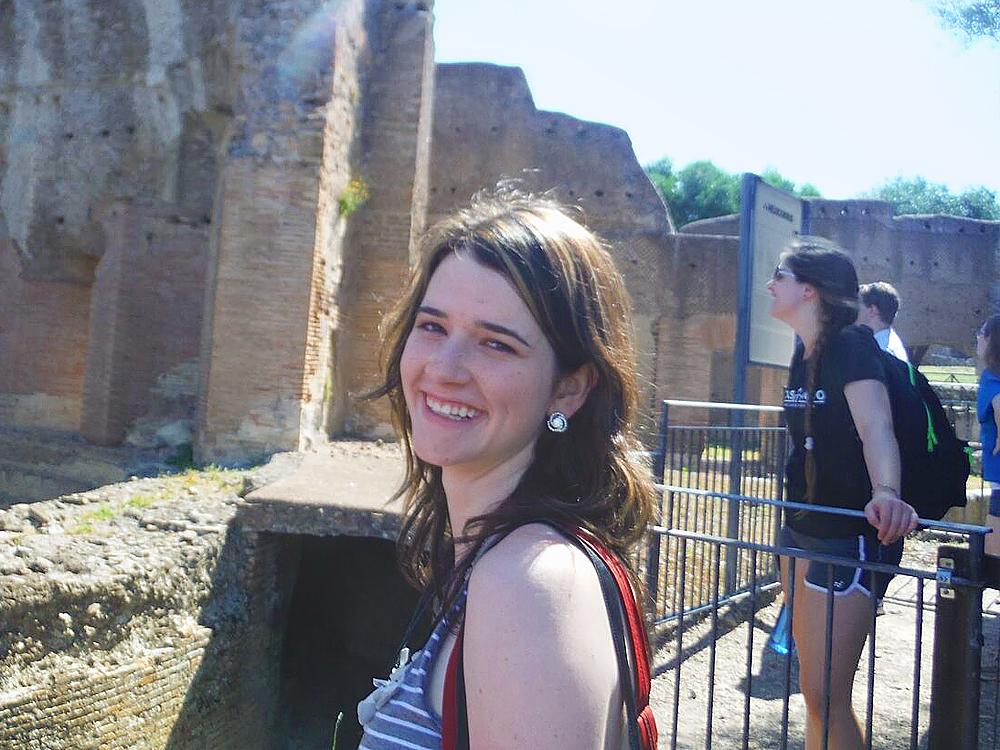
![]()
Course Description
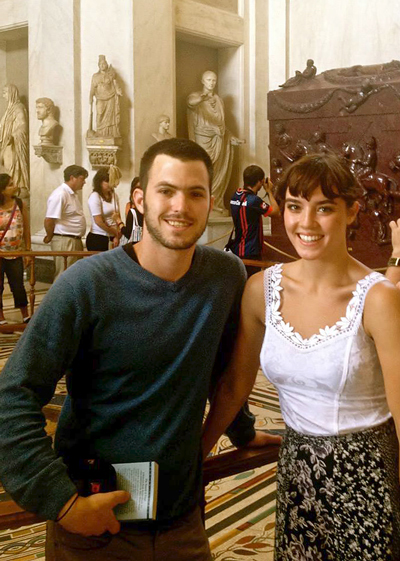
Courses offered are in the following areas:
- Classics of Roman Social and Political Thought
- Medieval and Renaissance Thought
- Topics in Ancient Political Philosophy: Plato
- Transformations of Roman Art: Ancient to Modern
- Decadence in Venice
- Republics, Ancient and Modern
- Classical Latin Language (all levels)
- Classical Greek Language (all levels)
- Italian Language
Rome has an incredibly rich artistic and historical legacy that has made people call it “the eternal city”. Between what it produced and what it plundered from elsewhere, it has some of the greatest and most representative artworks in all the periods of western art from 500 BC to 1800 AD. Rome’s ancient history made it an enduring model for political thought for thousands of years, influencing the creation of the medieval communes, renaissance republics, as well as the American and French revolutions. Likewise, its role as a center for Christianity made it significant in European life and thought long after ancient Rome was in rubble. Rome is unique in the world in having two periods of flourishing in which it was a world center, once in ancient times and once at the beginning of modern times, in the high Renaissance and Baroque periods. Its art, architecture, and history offers a way to reflect not only on our relation to the past, but also on the birth of our modernity. We bring all this to bear on the reading and thinking we do in class.
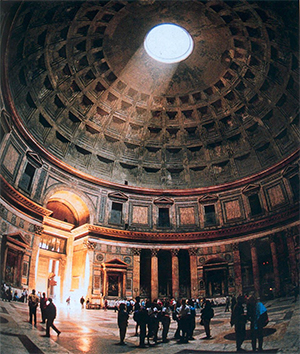
The learning outcomes of our courses are unmatched by what you can obtain in classes on the same subjects in the US. By the end of a single semester you will find yourself not only to know the books we read in our classes, but also to have a secure familiarity with the history of art and architecture. This is true because every excursion around Rome not only presents you with volumes of information, but also does so in a way that is more engaging and more direct than a textbook or an ordinary lecture course in the classroom. The direct contact with history and art, when supplemented with classes and readings, cement what you learn in a unique way.
The suite of courses carefully integrates site visits with the academic program, so as to help students take advantage of Rome’s resources. As with other RILA programs, it offers students a unique opportunity to engage in an interdisciplinary study of some of the world’s core works of philosophy, literature, history, and art, in a city in which these works are an integral part of its cultural heritage and where the art may be seen first-hand.
Students take a required class that grounds them in the history and art of the city (“Transformations in Roman Art”), and are advised to choose two or three other courses from our offerings, as well as an optional Italian course.
University of Texas students can find information about credits for our courses here.
Students from St. Mary’s College of California click here for more information.
Courses
“Classics of Roman Social and Political Thought”
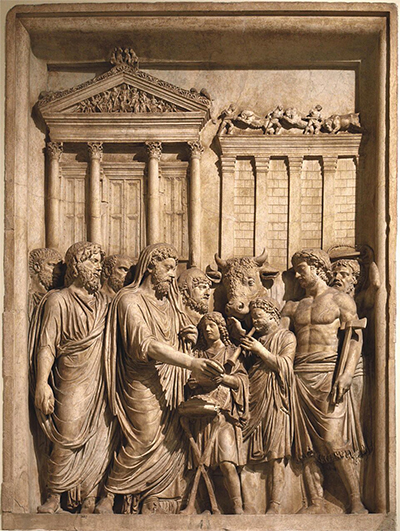
This course explores the development of the Roman Republic and Empire in a variety of genres, literary, historical, and philosophical. It follows Rome from its mythical beginnings to Augustine’s Christian reflections upon its collapse. We explore what made Rome so powerful, and how the Roman ideas of human being and citizen changed as Rome expanded from a small Republic to vast Empire. We will read representative works of Roman literature and philosophy to better articulate these questions, as well as major historians and political theorists.
Readings:
- Livy, Ab Urbe Condita.
- Polybius, Histories (Rise of the Roman Empire).
- Plutarch, Lives of Alexander, Caesar, Cato, Antony.
- Lucretius, On the Nature of Things.
- Virgil, Aeneid.
- Tacitus, Annals.
- Marcus Aurelius, Meditations.
- Augustine, City of God.
“Medieval and Renaissance Thought”
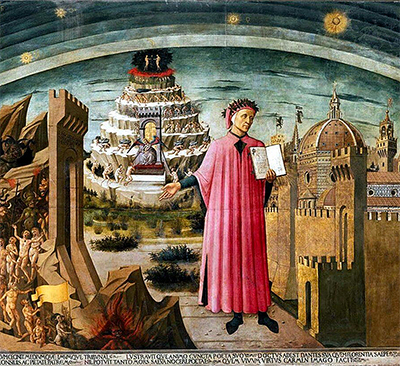
This course focuses on major thinkers from the Late Middle Ages to the Renaissance, in literature, philosophy, and political theory. The readings are often connected to issues of particular significance in Rome, from Aquinas’ theory of law, to Dante’s theory of Rome as the center of a world empire, to Chaucer’s revolutionary reflections on Church attitudes towards women, to Machiavelli’s cynicism about the papacy, to Shakespeare’s reflections on the new divide between public and private life in early modernity, in plays like Antony and Cleopatra, Coriolanus, and Julius Caesar. Hence exploring the city will offer many insights into these works, just as these works will give us questions to frame what we see in Rome.
Readings:
- Aquinas, Summa Theologica.
- Dante, Divine Comedy.
- Chaucer, Canterbury Tales.
- Machiavelli, The Prince; Discourses on the Ten Books of Livy.
- Shakespeare, Richard III; Henry IV, part 1; As You Like It; Coriolanus; Julius Caesar; Hamlet; Othello; King Lear; Antony and Cleopatra.
“Topics in Ancient Political Philosophy: Plato”
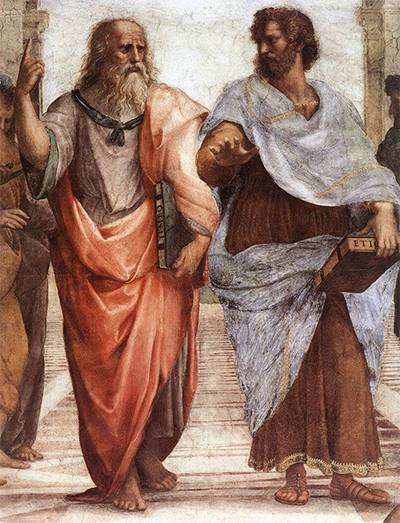
In this class we will do close readings of Plato’s dialogues with a focus on the figure of Socrates. Socrates is unique in his distance from the pretensions to universality of the sophists on the one hand, and from the limitations of locally grounded traditionalists on the other. We will try to understand how his interest in ethics and politics separates him from the teachers of rhetoric and the other sophists, even if their logical and rhetorical techniques were superficially the same, and even if many of the philosophical issues that they studied were the same. Unlike the sophists, Socrates was deeply concerned about the souls of his students, and of the roles many of them played in the city. Hence for Socrates there is always a political and ethical dimension to his philosophical conversations. At the same time, Socrates seems to be different from all the other local political figures he meets with in the dialogues, since unlike them he does not seek to take power or to hold office. What was he up to then? How did he understand political life and its relation to the philosophical enterprise?
Readings from Plato’s Dialogues:
- Meno
- Gorgias
- Apology.
- Republic
- Phaedrus
“Transformations of Roman Art, Ancient to Modern”
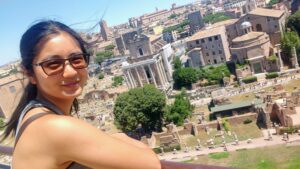
This course uses the art and architecture of Rome to focus on fundamental historical shifts leading to the modern world. We will think about the battle of the ancients vs. the moderns, the historical significance of Christianity, and the meaning of the art of the past for us today. While the other classes are mainly in the classroom, this one is mainly on site, and is complementary to the content and the reading of the other classes. Regular prep talks will help students comprehend what they see around them, and offer crucial links between the issues under discussion in other classes and the sites to be visited in Rome each week. For more details on the tours, see excursions, below.
Readings:
- Course Reader in art history.
- Hegel, Aesthetics (selections).
- Nietzsche, Advantages and Disadvantages of History.
“Decadence in Venice”
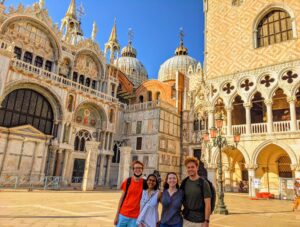
We will try to understand decadence, and why Venice was a symbol for both wild decadence and cultural death, from a number of angles. We will try to understand cultural aspects of Venice through through works of visual art, music, and literature that made it a symbol of decadence, as well as consider the physical decay of Venice and its place in today’s environmental crisis. Finally, we will reflect on the current decadence of Venice as an historical city that, like many historical cities around the world, has been overwhelmed by a tourist monoculture. This will give us an occasion to reflect on the meaning of the modern city and the kind of social and political life possible within it.
Readings:
- William Shakespeare, Merchant of Venice.
- Mozart/Da Ponte, Don Giovanni.
- Thomas Mann, Death in Venice.
- Joseph Brodsky, Watermarks.
- Salvatore Settis, If Venice Dies.
“Republics, Ancient and Modern”
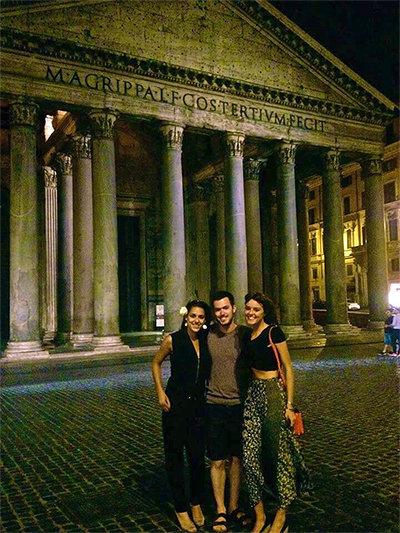
In this course we will attempt to explore the radical break between the ancient idea of the republic and the modern one. The ancient republics, especially the Roman one, was regularly regarded as the model for many ”new republics”, as, for example, by the founders of revolutionary U.S. and France who often imitated its language, its architecture, and some of its institutions. But questions arise about what the city meant in antiquity, and whether it has similar aims to its modern emulators. We will attempt to understand the fundamental divides between the ancient originals and the later, modern republics, as well as some of the enduring aspects.
Readings:
- Plutarch, Lives of Lycurgus and Solon
- Thucydides, Peloponnesian War.
- Aristotle Ethics; Politics.
- Livy, Rise of Rome.
- Machiavelli, Discourses on Livy.
- Hobbes,
- Locke, Second Treatise on Government.
- Rousseau, Social Contract; Discourse on Inequality.
- Federalist Papers
![]()
Course Dates and Format
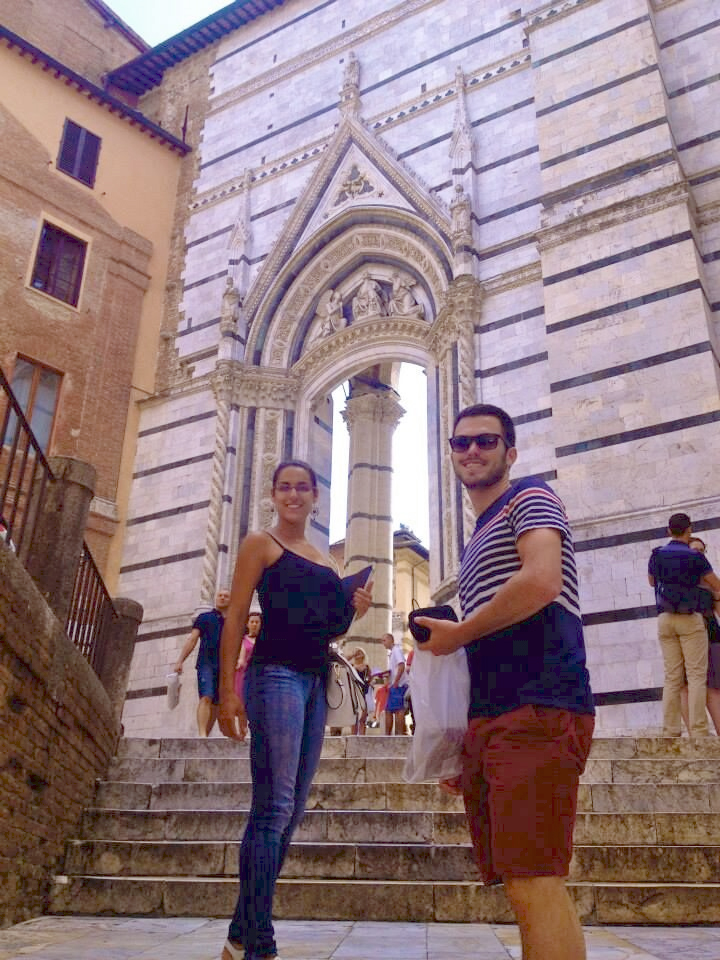
Courses and orientation begin Monday, February 6th and will end on Friday, May 12th. Students are required to arrive by 6pm on Saturday, February 4th, and leave their apartments by 10am Saturday, May 13th.
Classes have a maximum of fourteen students. Most classes are structured as seminars, discussion-based classes that meet in small groups led by a faculty member. The setting allows for a deeper inspection of the texts and issues studied, as well as a high level of student participation.
Weekends are free, with the exception of optional trips to Florence and Venice.
![]()
Tours and Excursions
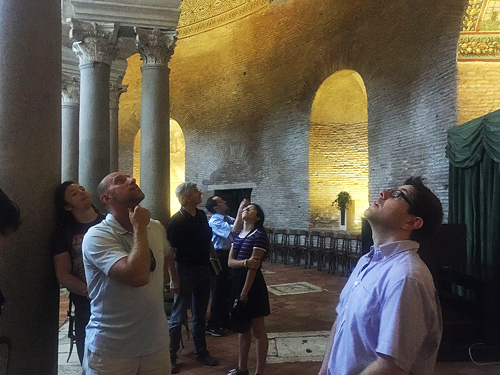
Students and tutors viewing the mosaics at S. CostanzaTours are built into the courses described above. Every week this will take us on two or three or more trips to sites in Rome. We will explore ancient Rome in the Forum, the Palatine Hill (where the emperors built their palaces). We will unfold the cultural significance of major Roman constructions like the Pantheon, the Ara Pacis, and in other Imperial monuments. We will study the development of Greek and Roman art in the many collections of ancient art in Rome, in the Palazzo Massimo, the Palazzo Altemps, the Vatican Museums, the Capitoline Museums, and elsewhere.
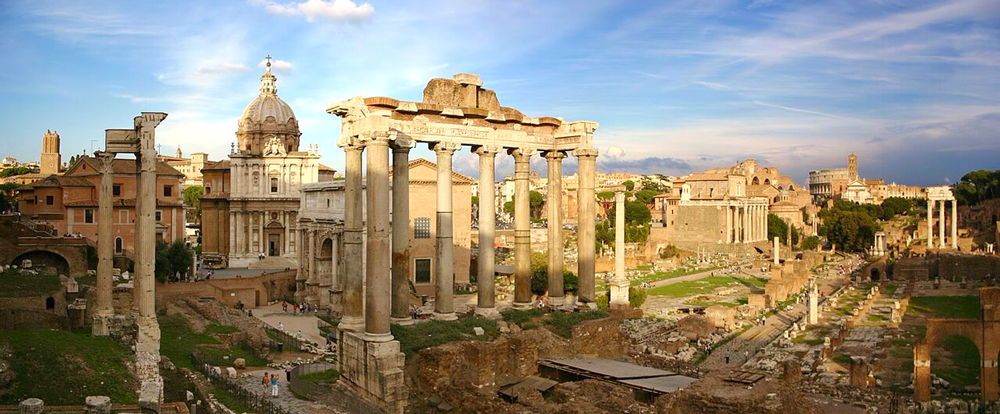
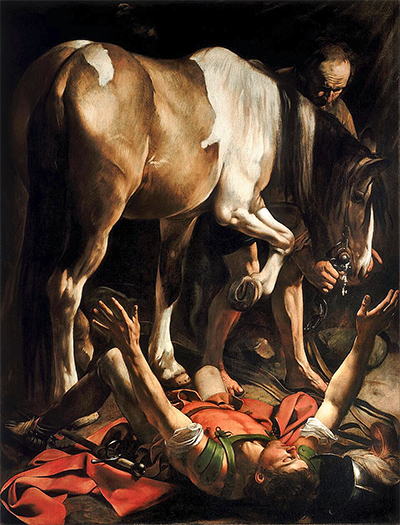
We will compare the astronomical tools and cosmological symbols set into ancient, medieval, and early modern buildings. We will visit a variety of ancient Churches and a catacomb and reflect on early Christian art. We will explore palimpsests, where each floor is built centuries before the one above it, in some cases leading to ancient pagan temples below street level medieval churches like S. Clemente and S. Cosma e Damiano. We will explore Renaissance syntheses of Classical and Christian in the many great works of Alberti, Bramante, Botticelli, Perugino, Raphael and others. We will explore the birth of modern art in Renaissance, mannerist, and baroque artists and architects like Michelangelo, Titian, Caravaggio, Borromini, Bernini, and others.
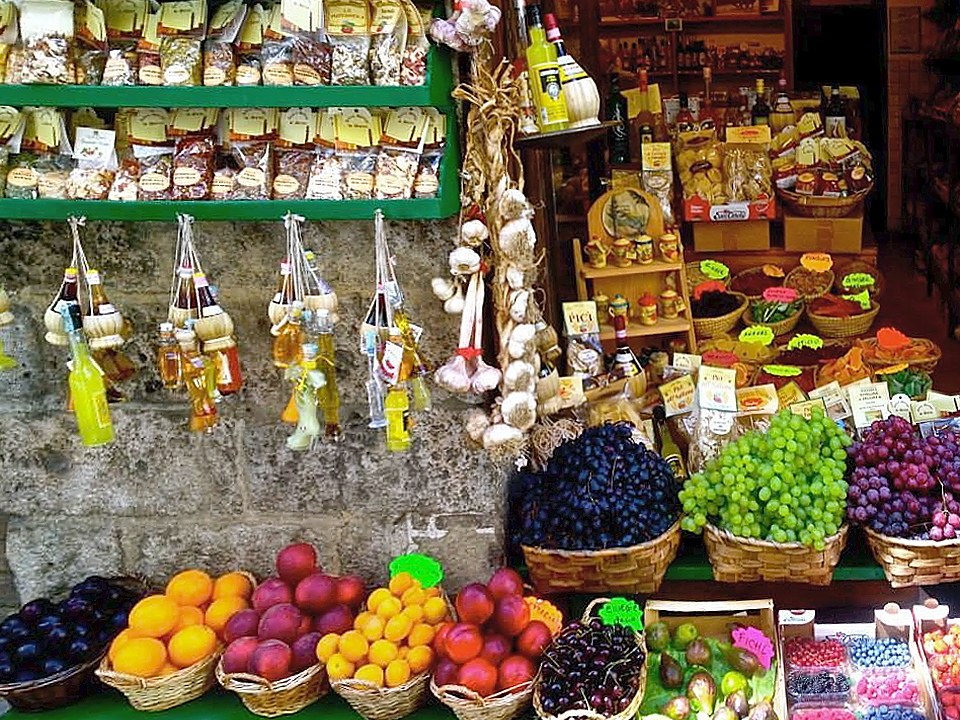
As well, we will take a number of all day excursions outside of Rome, to places like the medieval city of Orvieto, once a papal seat and a home of Thomas Aquinas, with its famous frescoes by Luca Signorelli of the last judgment and scenes from Dante. We will go to Tivoli, with its vast ancient ruins of the villa of Hadrian, and other enchanting medieval and Renaissance villas and gardens that imitated his. We will visit to ancient sites like Rome’s ancient port city, Ostia Antica, and the Etruscan cities of Tarquinia and Cerveteri. We will explore the Renaissance villa and secret gardens of Caprarola.
We will offer a number of optional overnight trips. We will go to the cradle of late medieval and renaissance art and architecture, Siena and Florence, a trip designed to fit closely with our readings of Dante in seminar.
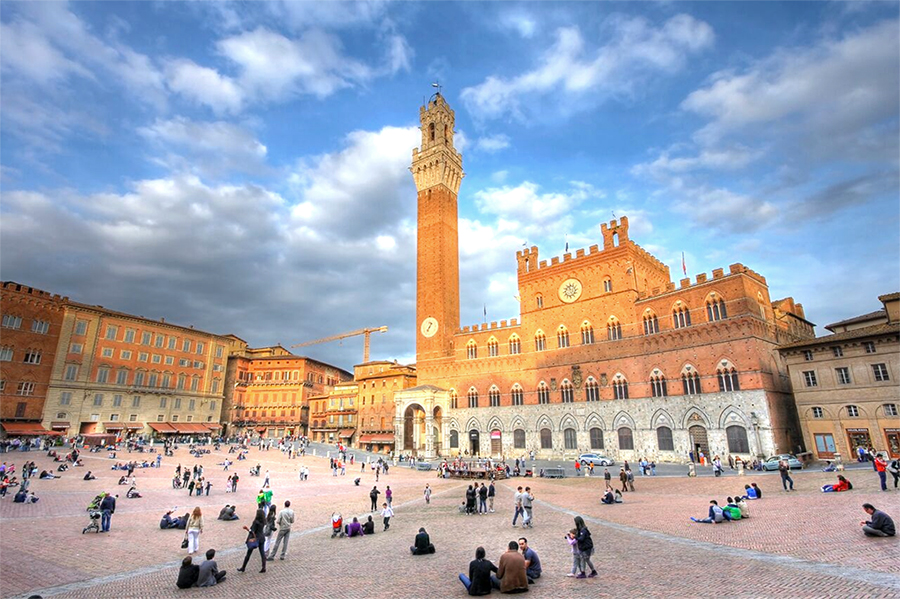
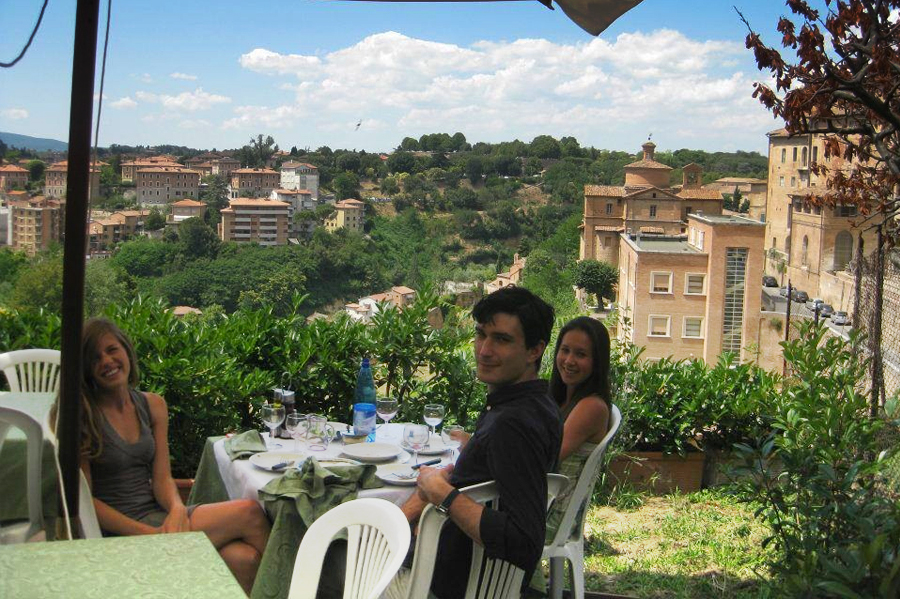
Another trip will go to the breathtaking Greek temples of Paestum, along with the vast collection of ancient Greek art in the museum of Naples, which was originally a Greek colony.
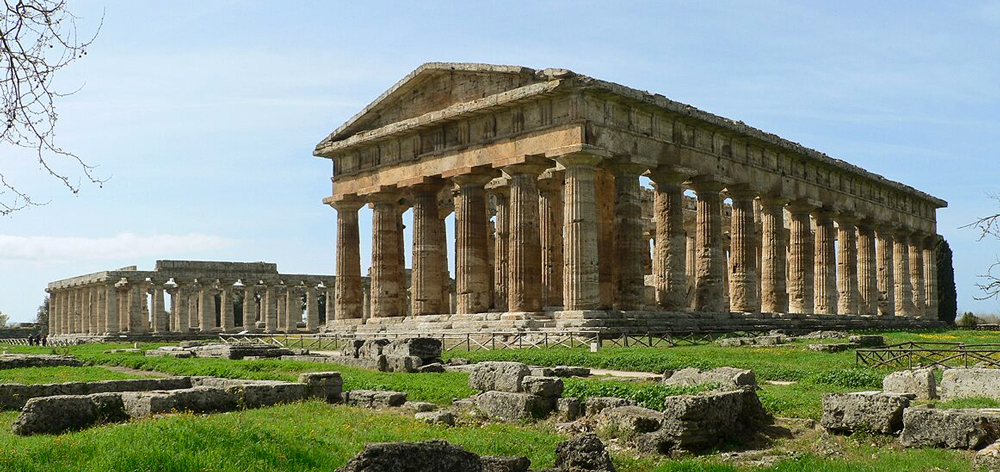
Other trips will explore the art and architecture of Venice. The same trip will go to nearby Padua, with its ancient university, where Vesalius, Harvey, and Galileo, all studied or taught, and which became the intellectual capital of Italy during the Enlightenment.
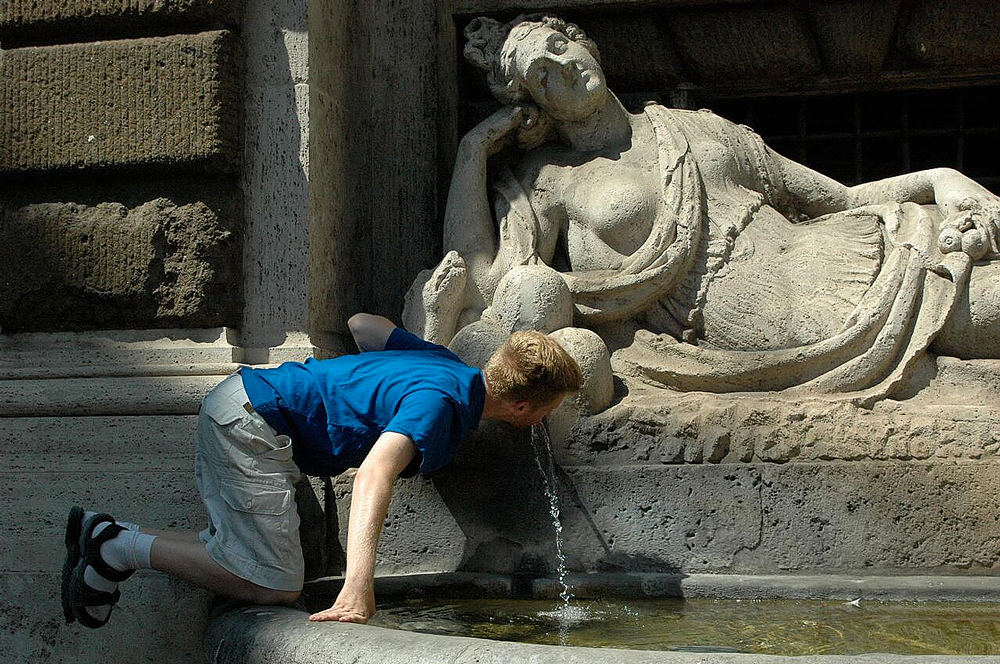
RILA student’s thirst for knowledge
















